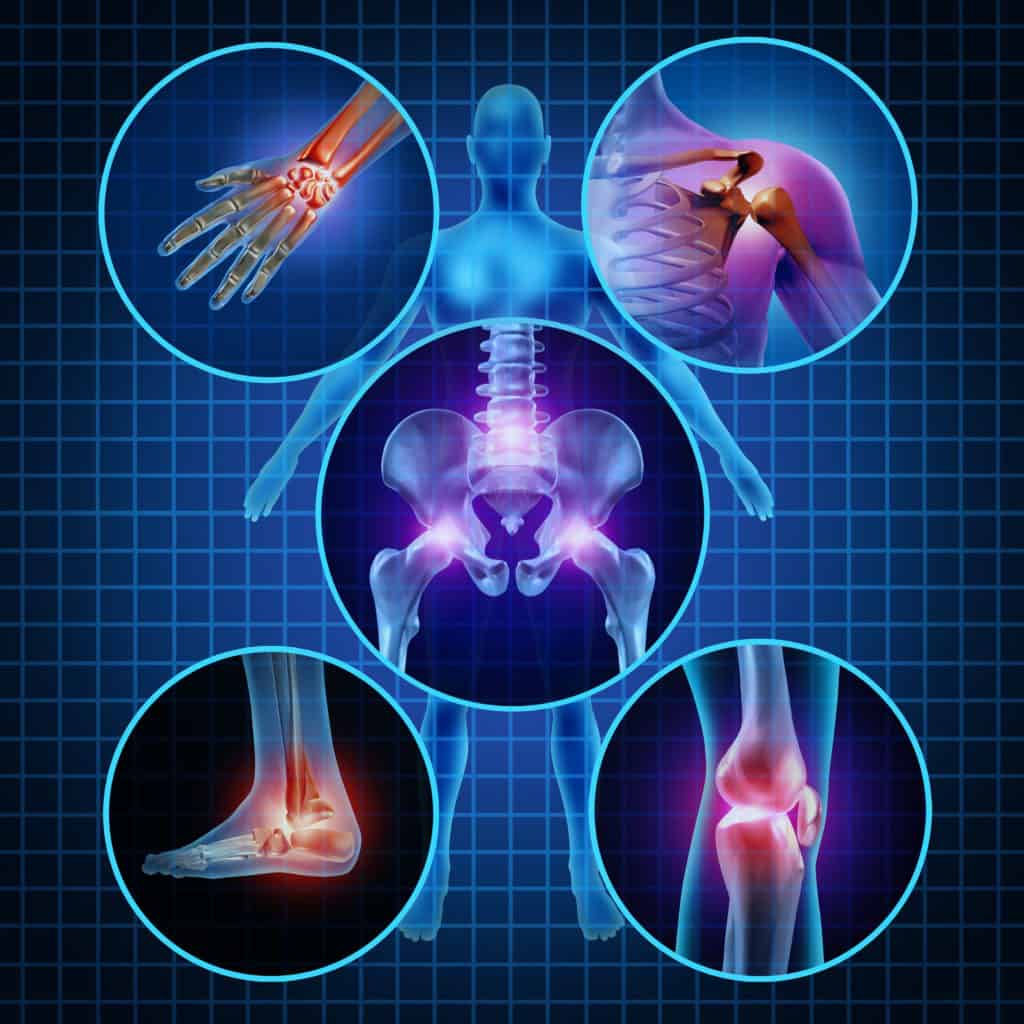
Do you want to try Myofascial Release Therapy?
Not sure whether it’s right for you?
Well, here’s just a few of the benefits:
- Treat chronic pain, even if you’ve had it for years
- Increase mobility and improve range of motion
- Reduce tension and the effects of chronic stress on the body
- Assist the body to heal after surgery, accidents, and injuries
But what is Myofascial Release Therapy?
If you don’t already know, the term Myofascial Release (MFR) Therapy relates to a specialized type of hands-on therapy. It alleviates myofascial pain in soft tissue areas of the body. In addition, it corrects postural misalignment and compression of nerves due to spinal disc problems and other joint issues. It also reduces inflammation and supports the body to heal after surgery and mental and physical trauma.
Even though Myofascial Release Therapy has been around since the 1970s, it is still shrouded in mystery for those who haven’t experienced the benefits because we cannot see myofascial restrictions or tightness in the myofascial network on X-Rays, MRI’s or other types of diagnostic scans.
They can only be felt and identified if you know how to look and feel for them. It’s a similar skill to noticing where your clothing has been “tucked” or caught oddly, but that’s an overlooked skill these days. Therefore, many western medicine doctors dismiss the modality’s validity and its potential to treat chronic pain and change patient’s lives, simply because the scans and bloodwork they rely on don’t show restricted myofascial tissue.
But the results speak for themselves.
“After being involved in a bad fall at work from sixteen feet and having five spinal surgeries and a knee replacement, I was still in a lot of pain. I came up with the idea that it must be from all the scar tissue from having my back opened so many times.
I keep saying I felt like I was being squeezed with a giant pair of pliers around my back and ribs. I convinced my pain management Doctor to refer treatment to Release Works, and now after my seventh visit, things are really starting to change. I’m sleeping more and longer through the night; pain is reducing, and now I’m standing taller and not leaning into my pain. This has made a huge difference for me and without the use of opiates that the Doctor had me on for twenty years.”
Understanding the Fascia

If you consider the fascia to be like a three-dimensional network of fibrous tissue spread throughout the human body. The easiest way to imagine the fascia is to think of it as connective tissue beginning with the layer below the epidermis – the outer layer of skin and go two layers deeper.
The fascia stretches from the soles of the feet to the top section of the head. The uppermost layer is the superficial fascia that is beneath the skin and retains water and fat. Nerves course through it and allow muscles to move the skin. The second layer is the deep fascia that covers and joins nerves, bone, blood vessels, and muscle at the cellular level. Finally, the third and innermost layer is the deepest fascia that lies wraps around the brain and the body’s other vital organs.
In its normal state, the fascia is like a supple and relaxed web. However, it becomes rigid when restricted and can cause tension, pull, and exert immense pressure. And that’s when the problems start.
Fascia connects everything, so when there is a problem in one area of the body, and the fascia becomes tightened and restricted, the knock-on effect causes problems to reverberate throughout the body via the fascia.
Restriction in the fascia can happen in a single layer or all the layers at once.
What Is Myofascial Release Therapy?

Myofascial Release Therapy is a unique type of manual therapy that practitioners use to treat chronic pain conditions. Like us, Myofascial Release practitioners believe that chronic pain – the kind of pain with no apparent cause – is caused by tightness and sensitivity in the myofascial tissue. Thus, we call it myofascial pain.
The purpose of Myofascial Release Therapy is to diminish pain and improve mobility by releasing tautness and tension by restoring proper pliability and glide to the connective tissue web. Far too often people are distracted by what hurts and focus their efforts there, when the cause is actually the stuff that doesn’t move.
This specialized form of manual therapy addresses many symptoms and conditions. For example, most people seeking Myofascial Release Therapy have some form of restricted flexibility, injury, or pain in the hip, back, shoulder, or soft tissue areas. But the therapy is also effective for other difficult to treat medical conditions such as migraines, carpal tunnel syndrome, fibromyalgia, and TMJ (Temporo-Mandibular Joint) disorder.
If a restriction in your myofascia causes your pain, you likely have one or more of the following symptoms:
- Pain and a feeling of “pressure” around joints or muscles
- Tightness in areas of the body that restrict motion or affect alignment causes you to favor a particular side, e.g., shoulder or hip.
- Body pains, including back pain or headaches
Myofascial pain can originate in a large variety of ways. Injuries, stress, chronic long-term bad posture and movement, and certainly surgeries all add up to restricted myofascial tissue here and there in a pattern unique to you. Thus, one person’s back pain (even if it presents and is diagnosed the same) is not the same as another’s. This begins to explain why some people respond well to prescribed exercises while others don’t.
Myofascial Release Therapy finds and relaxes the restricted fascia however it’s situated so that any connecting tissues move freely, with the normal motion restored – the restriction is “released.” That’s why it’s referred to as Myofascial Release Therapy.
Where Can I Get Myofascial Release Therapy?

A variety of health professionals claim to offer myofascial release. They include massage therapists, chiropractors, physical therapists, osteopaths, and sports massage specialists. However, not all myofascial release is the same. Many mistakenly believe that the superficial type of “muscle knot” release massage they provide as part of their standard treatment is “myofascial release.” When, in fact, proper Myofascial Release Therapy is something entirely different – and way more effective – altogether.
They need to complete extensive myofascial release therapy training like the John F Barnes Myofascial Release Approach seminars and courses to be competent and effective. So, we recommend checking the credentials and qualifications of anyone offering “myofascial release” – especially if it’s advertised as part of something like a spa-style massage. These types of treatments are doubtful to provide any long-term benefit for your chronic pain other than a temporary period of relaxation.
If you would like to chat to one of our John F Barnes’ trained Myofascial Release Therapist about whether Myofascial Release Therapy is right for you, you can book a free 30-minute call or Discovery Visit here.
What Happens During A MFR Session?

After you’ve decided it’s the right treatment for you on a free call or Discovery Visit and you attend your first session. Your therapist evaluates your physical condition and asks questions about your medical history and other contributory factors.
For example, we look for motion restriction and any loss of symmetry due to poor alignment. We also look for restrictions in your fascia and limited mobility to guide us to the root cause of your pain. Your first session will likely be longer and we will discuss your goals and the milestones that let you know you’re getting there.
This is important, as many people work with us for 6 to 12 months as they learn to better care for and maintain a vital system of the body that has been largely ignored. Follow up sessions are 50-60 minutes in length.
Treatment sessions vary and may include low load stretches, a light application of pressure to affected regions – or the level of restriction may require a firmer pressure. As the tissues respond and release, many people can sense that this is something different and very much needed.
Sensations can range from mild to intense, even with very light pressure, depending on what’s going on in your tissues. We do not force anything to move, thus we will never injure, and you are always in charge.
Beyond structural work with the tissues, we are also likely to find movement education and metaphor mapping to be helpful as we uncover the variety of ways in which you’ve been stuck and effectively throwing yourself at the same wall over and over again.
We judge recovery over time by examining improvements in mobility or increased range of motion along with decreases in pain levels. While most people need more help than they know, you’re likely to feel some change and improvement even after the first session.
Myofascial Release Therapy sessions at Release Works also include an element of education to help you maintain your Myofascial Release Therapy results. This includes self treatment you can do at home to as you learn to help troubled areas.
But no two sessions and no two people are the same – we personalize everything to your specific situation.
Want to find out more?
Why not book a free Phone Call or 30-minute Discovery Session to talk directly to an experienced Myofascial Release Therapy practitioner at Release Works in Salt Lake City? Find out exactly how we can help you. There is no obligation to book treatment after the call. Instead, we’re here to help find the right treatment for you.

